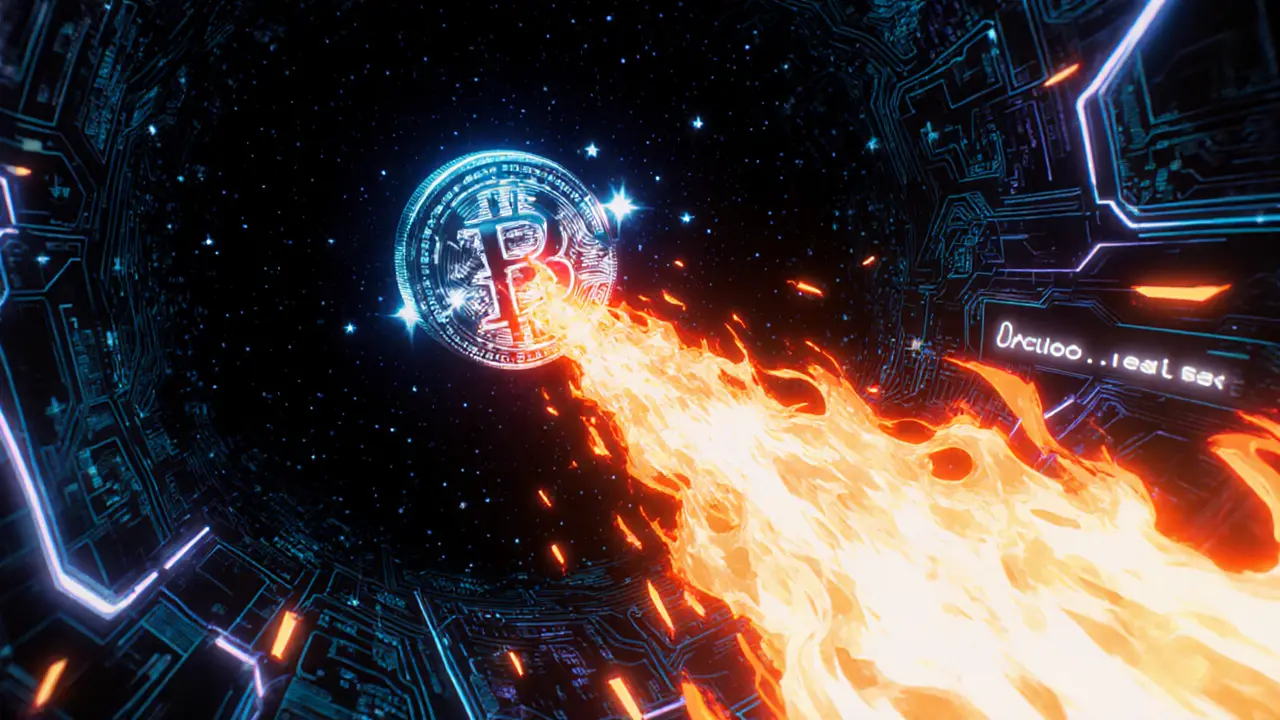Cryptocurrency Token Burns: What They Are and Why They Matter
When talking about cryptocurrency token burns, the intentional destruction of a portion of a token's supply to create scarcity. Also known as token burning, it helps projects signal commitment to value preservation and can influence price dynamics. A related concept is deflationary tokens, cryptocurrencies that embed burn rules directly into their smart contracts. Another key player is circulating supply, the amount of tokens actively available for trading, which burns directly reduce. Finally, on-chain analytics, tools that track blockchain activity to verify burn events provide the transparency needed for investors. Together, these elements create a feedback loop: burns lower circulating supply, which can boost scarcity perception, and analytics confirm the action, building trust.
Key Aspects of Token Burns
Deflationary token designs rely on smart contract logic to automate burns during transfers or at predefined intervals. This requires precise coding; a flaw can either halt burns or unintentionally destroy too many tokens, harming the ecosystem. Projects often pair burns with milestones—like reaching a certain market cap or completing a product upgrade—to signal progress. On‑chain metrics, such as the total burnt amount and the burn rate per day, let analysts gauge the effectiveness of these strategies. For example, a steady burn rate of 0.5% of daily volume can gradually tighten supply without shocking the market, while a massive one‑off burn may create short‑term hype but also volatility.
From a trader’s perspective, understanding token burn mechanics is crucial for risk management. If a coin announces a large upcoming burn, you might expect price pressure upward, but you also need to consider market sentiment and liquidity depth. Some investors treat verified burn events as a form of passive yield, akin to a dividend, because the reduced supply can enhance token value over time. Others watch for “fake burns” where projects claim to burn tokens without actually removing them from circulation—a practice that on‑chain analytics can expose. By combining knowledge of deflationary token structures, circulating supply metrics, and reliable analytics, you can spot genuine value‑adding burns and avoid misleading hype. Below, you’ll find a curated list of articles that break down specific token burn cases, explore how to track them, and offer actionable strategies for incorporating burn data into your crypto research.
Why Token Burning Boosts Crypto Value: Key Benefits Explained
Explore how token burning creates scarcity, controls inflation, boosts staking rewards, and builds investor confidence in the crypto space.

